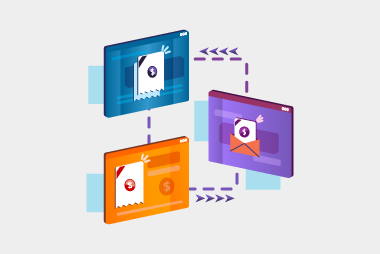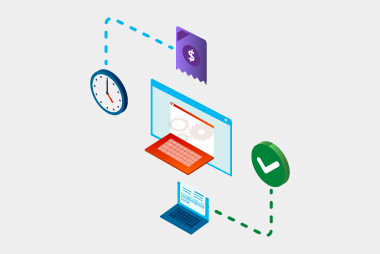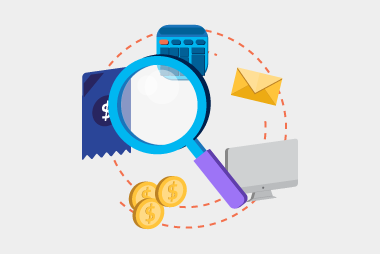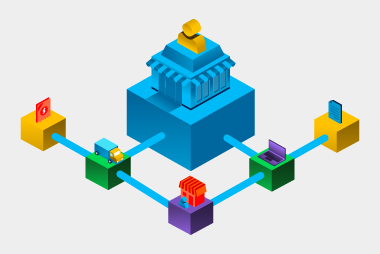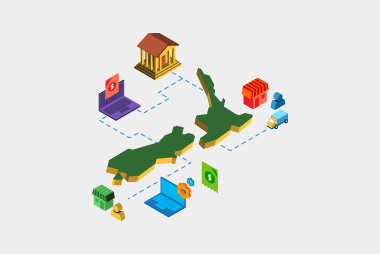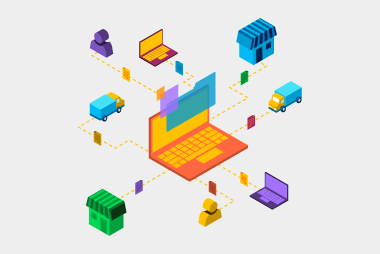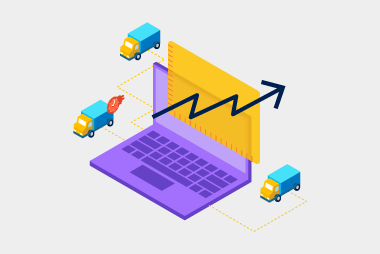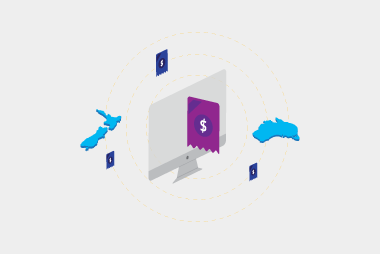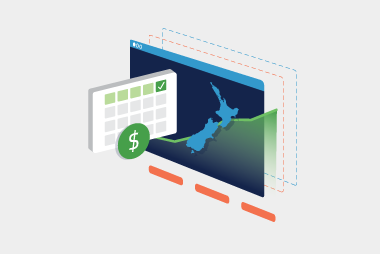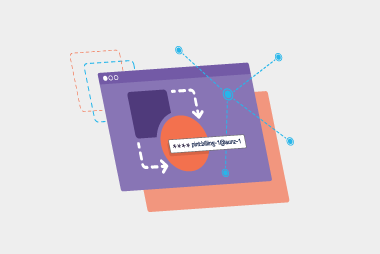Why run a pilot program?
There are a few benefits to using a small group of partners to pilot eInvoicing. Before jumping into a full rollout, a pilot allows you to:- test processes and system compatibility
- get feedback from real users on the onboarding process
- identify any gaps or issues early before a full rollout
- prove value to stakeholders
- build internal buy-in across teams.
Step 1: define clear goals
Setting goals is the first thing to do when putting together a pilot. Have a think about what you want to achieve. Some common pilot goals include:- successfully sending and receiving eInvoices via Peppol
- integating eInvoicing into your existing AP/AR systems
- measuring improvements in processing time, accuracy, or cost
- identifying training or change management needs.
Step 2: choose a pilot group and communicate to them
Your pilot group should be small but representative of how your business operates. When you’re looking at partners for the pilot, ideal candidates may:- already using eInvoicing
- already using eInvoicing-compatible systems like Xero or MYOB
- have a good working relationship with your team
- are open to trying new digital processes.
- explain the purpose and goals of your eInvoicing project, including how it benefits both you and your partners
- provide simple steps to help them get started
- outline any requirements, such as mandatory invoice fields or business rules
- set clear expectations, including timelines and support available
- use straightforward, jargon-free language.
Step 3: setup your systems
Work with your IT or software provider or your Access Point to:- enable eInvoicing functionality (some software like Xero and MYOB already support it)
- setup validation rules and automation (if applicable)
- register your business (ABN, NZBN and/or GLN) on the Peppol network
- test your ability to send and receive Peppol-compliant eInvoices.
Step 4: train your team
Give your team who are managing the pilot program a clear understanding of:- what’s changing and why
- how to send, receive, and process eInvoices
- what systems or steps to follow
- who to contact if something goes wrong
- what they should be communicating with your trading partners
Step 5: review, optimise and plan next steps
At the end of your pilot make sure you review your KPIs and goals in step 1. It’s important to identify what worked and what needs improving with the process. Update your internal processes or training based on feedback. With all this, it’s a good time to create a roadmap for your phased rollout across the business.Ready to implement and onboard your partners to eInvoicing? Get in touch with our experts below.Request a call
Chat with one of our experts
Just fill out your details below and we'll be in touch within one business day.
